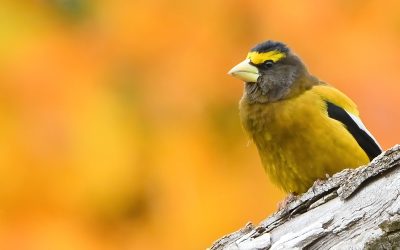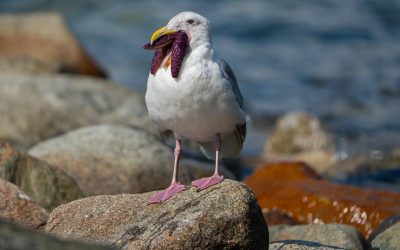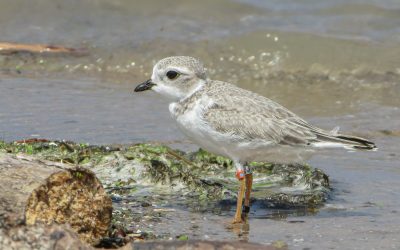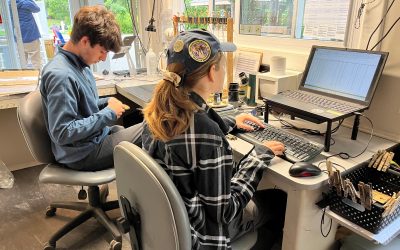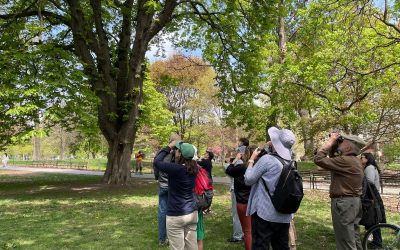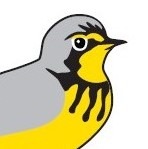News & Reports
Birds Canada Community Grant: Funding projects that help conserve birds
We are delighted to announce the upcoming launch of the Birds Canada Community Grant, a granting program designed to support projects that increase the understanding, appreciation, and conservation of birds in Canada. We invite you to be part of our mission to drive action to increase the understanding, appreciation, and conservation of birds in Canada!
Be part of our science and conservation work on coastal and marine birds in British Columbia!
Collection of coastal waterbird data by Birds Canada volunteers is crucial to advance science and conservation efforts on our coasts in British Columbia! Every year, the BC team releases the BC Coastal Newsletter, which delves into how our data is put to good use, as well as our most recent updates, partnerships, fieldwork stories, and more.
Hopeful Wanderers
Each spring and summer, the Birds Canada team, partners and volunteers, enjoy visits from Piping Plovers originating from all across the Great Lakes. Young plovers often wander throughout the region, visiting new beaches to scope out potential future breeding habitat. This year, over 30 individual Piping Plovers visited Ontario, but only 8 individuals nested in the province. So, who are the other hopeful guests who stopped in throughout the season? Here are a few of their stories!
Remembering Betty Chanyi: A Pillar of Our Community and Birds Canada
It is with profound sadness that we share the passing of Betty Chanyi, a cherished member of the Birds Canada family and a beloved figure in Norfolk County, Ontario. Betty was a lifelong resident of Norfolk, and her passion for community and nature shone brightly in all that she did.
Long Point Bird Observatory’s Young Ornithologist’s Workshop
Every year, Long Point Bird Observatory hosts the Doug Tarry Young Ornithologists’ Workshop (YOW) for young birders from across Canada. In 2024, two workshops were held, hosting 13 participants from six provinces. Here is a recap of their two weeks of hands-on ornithological, science, and naturalist-oriented programming.
Flocking Together: The Role of Birding in Connecting Newcomers in Toronto
Bird-related events and activities are helping newcomers to Canada connect with nature and their community in the Greater Toronto Area. From accessible guided walks with birding experts to online presentations, these events engage the public with urban nature through a shared love of birds.

